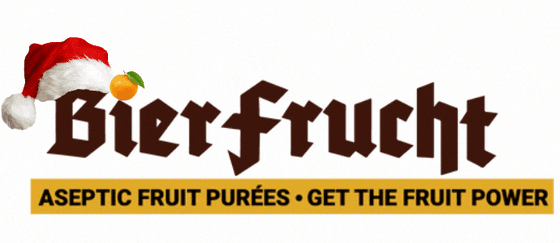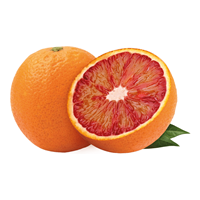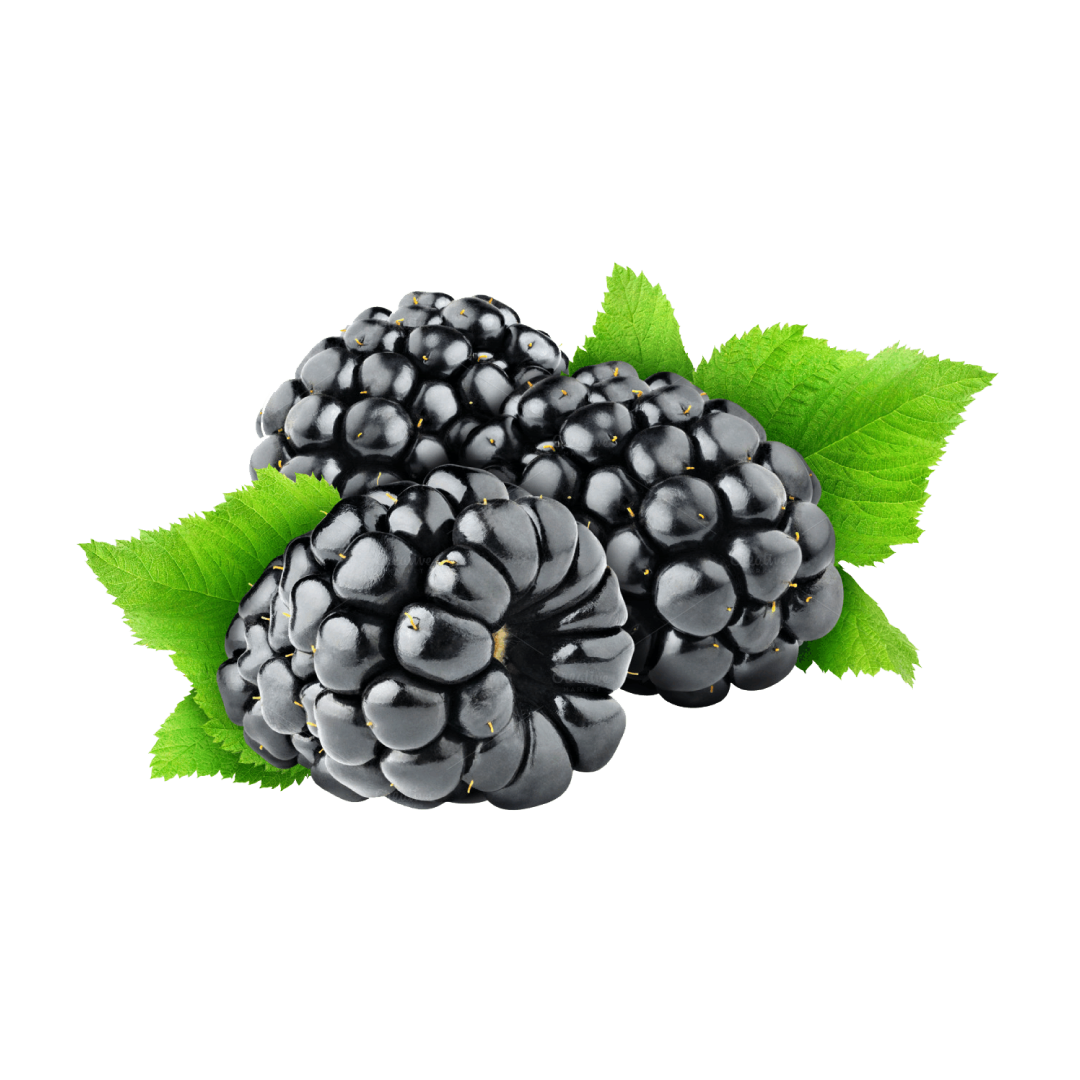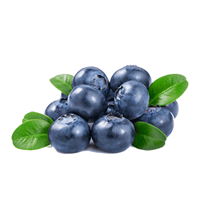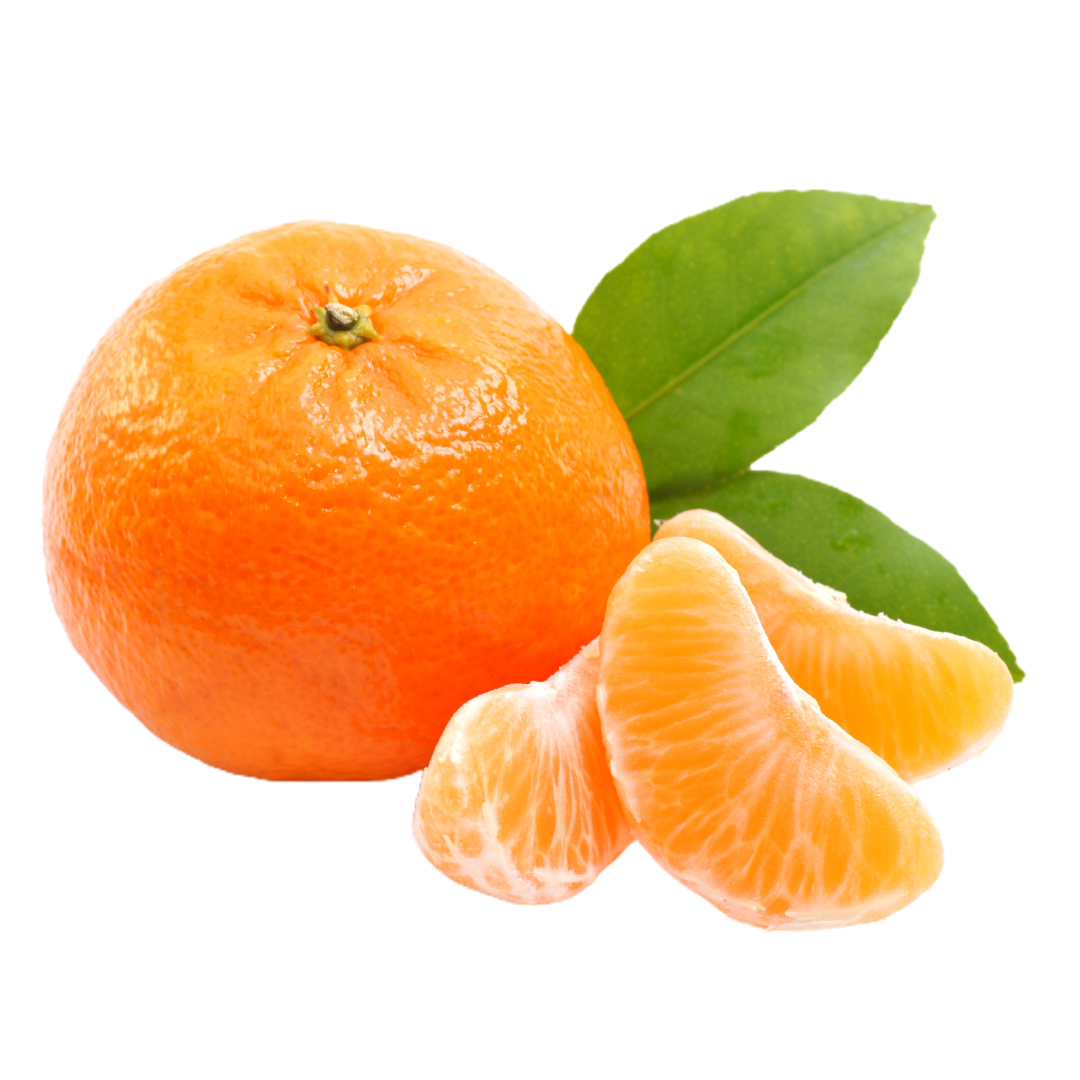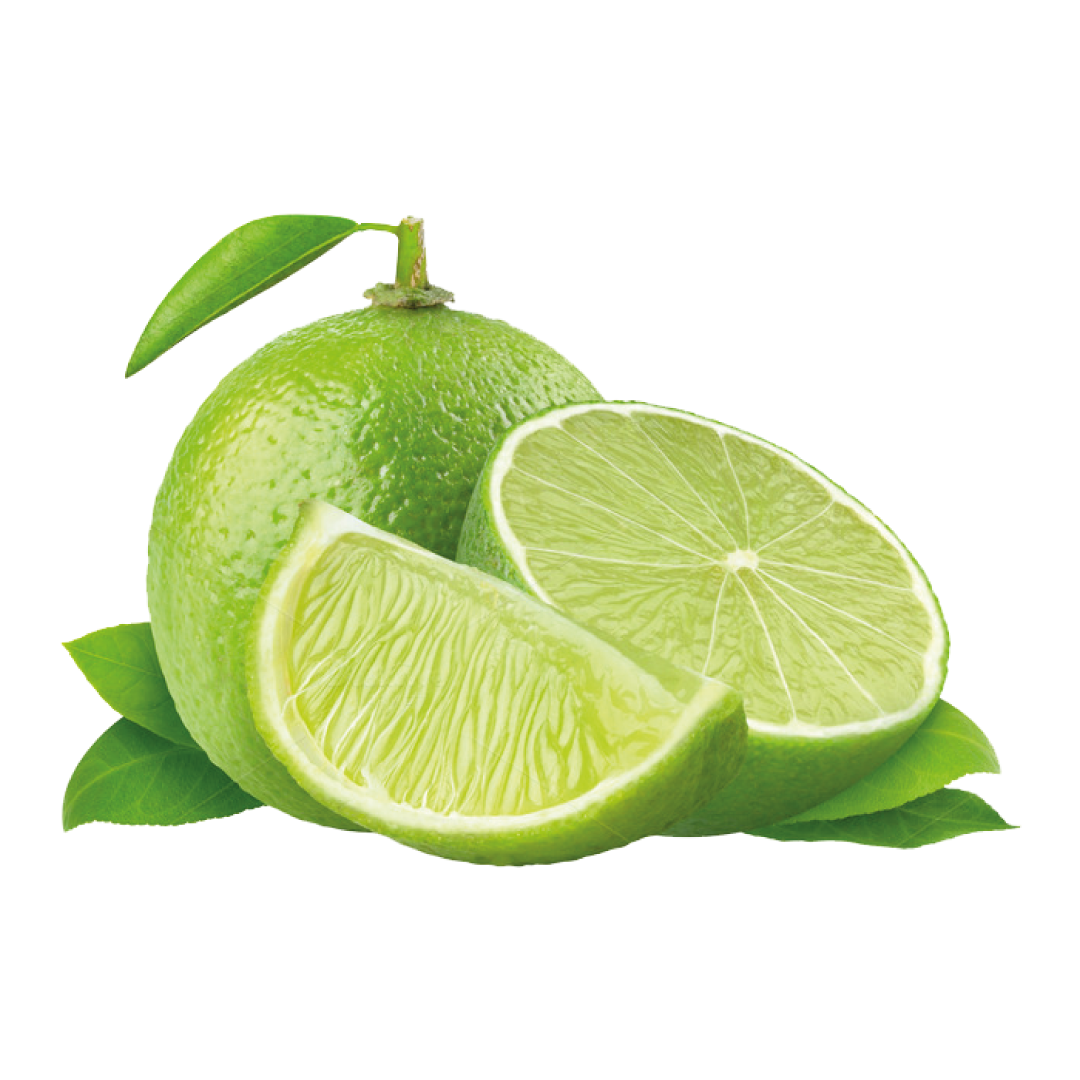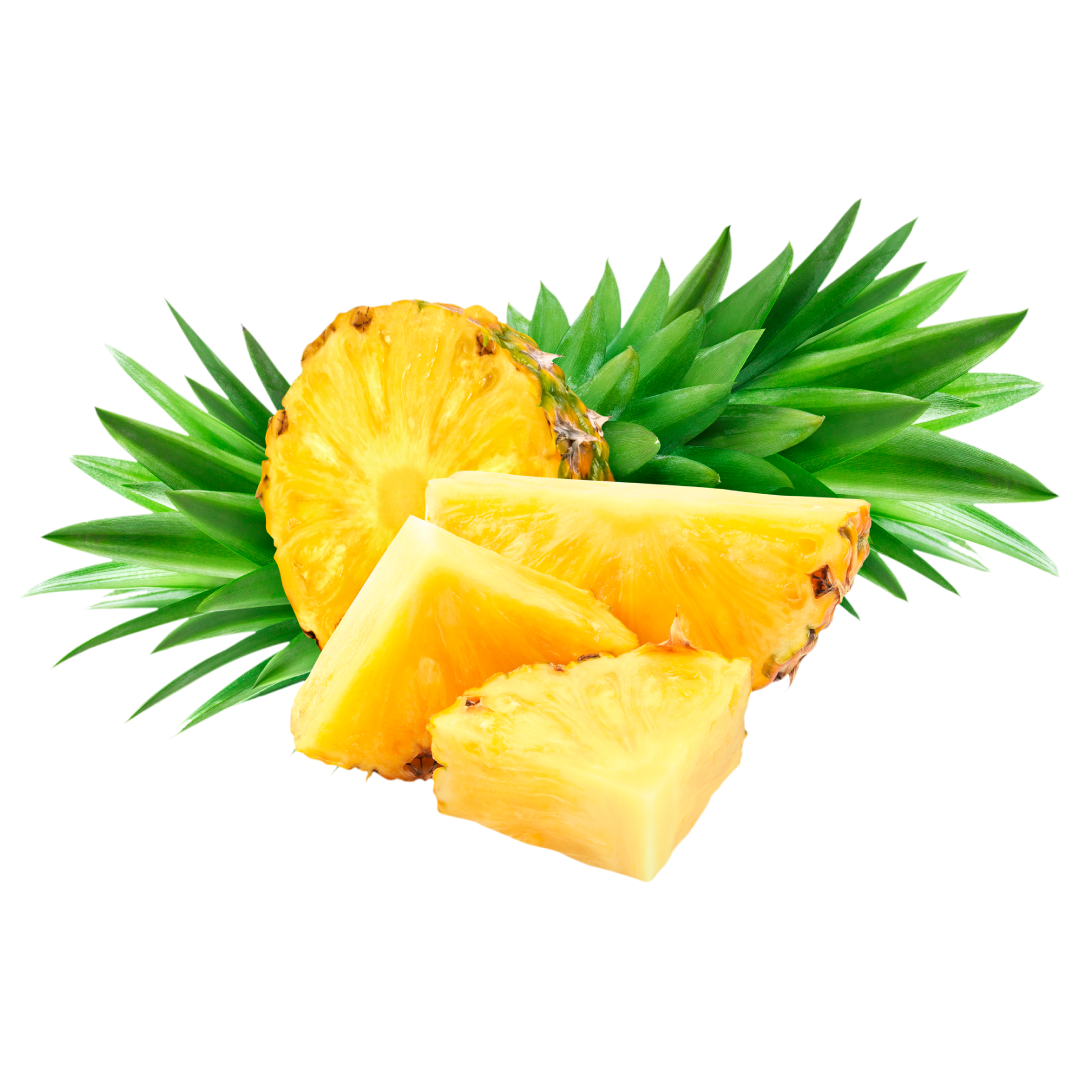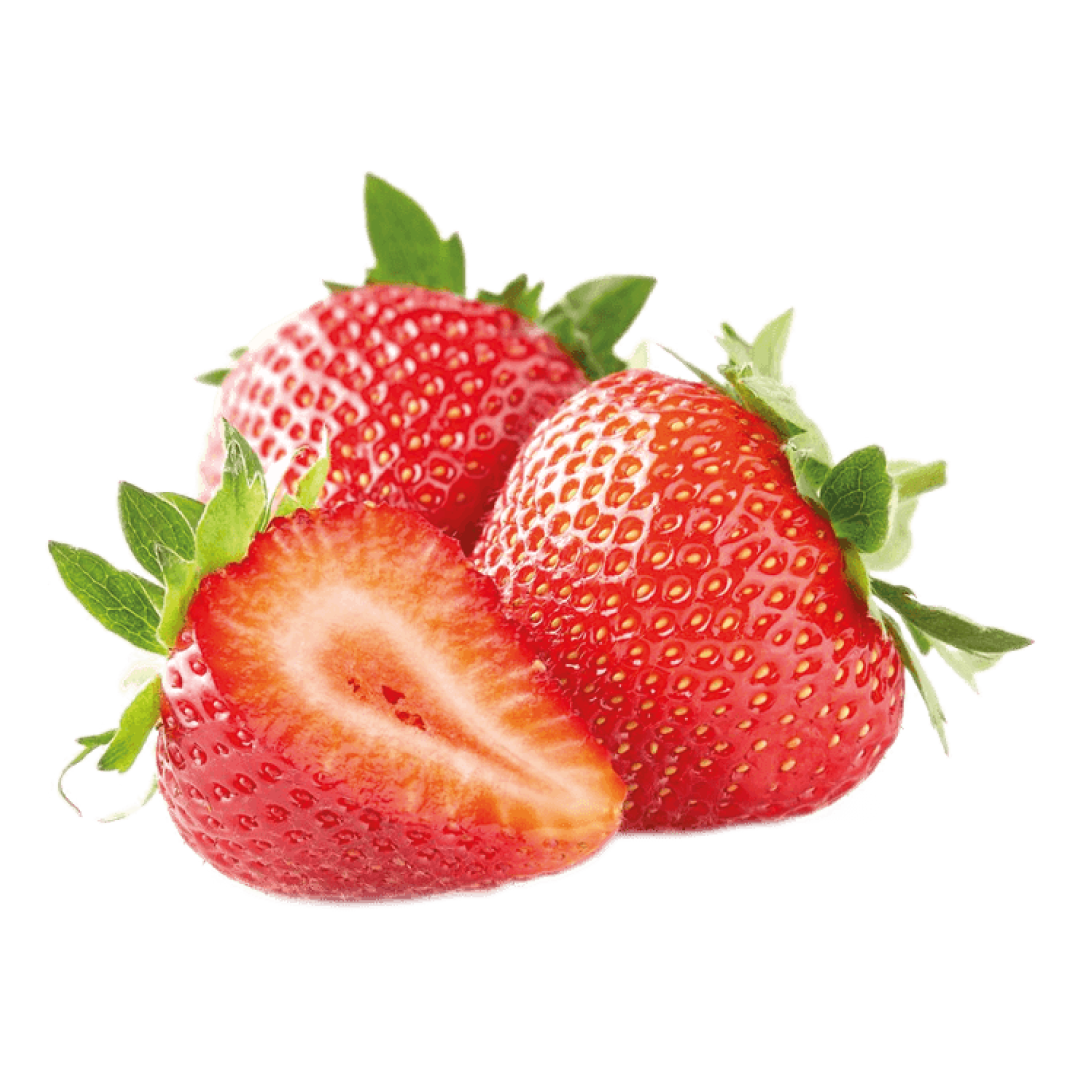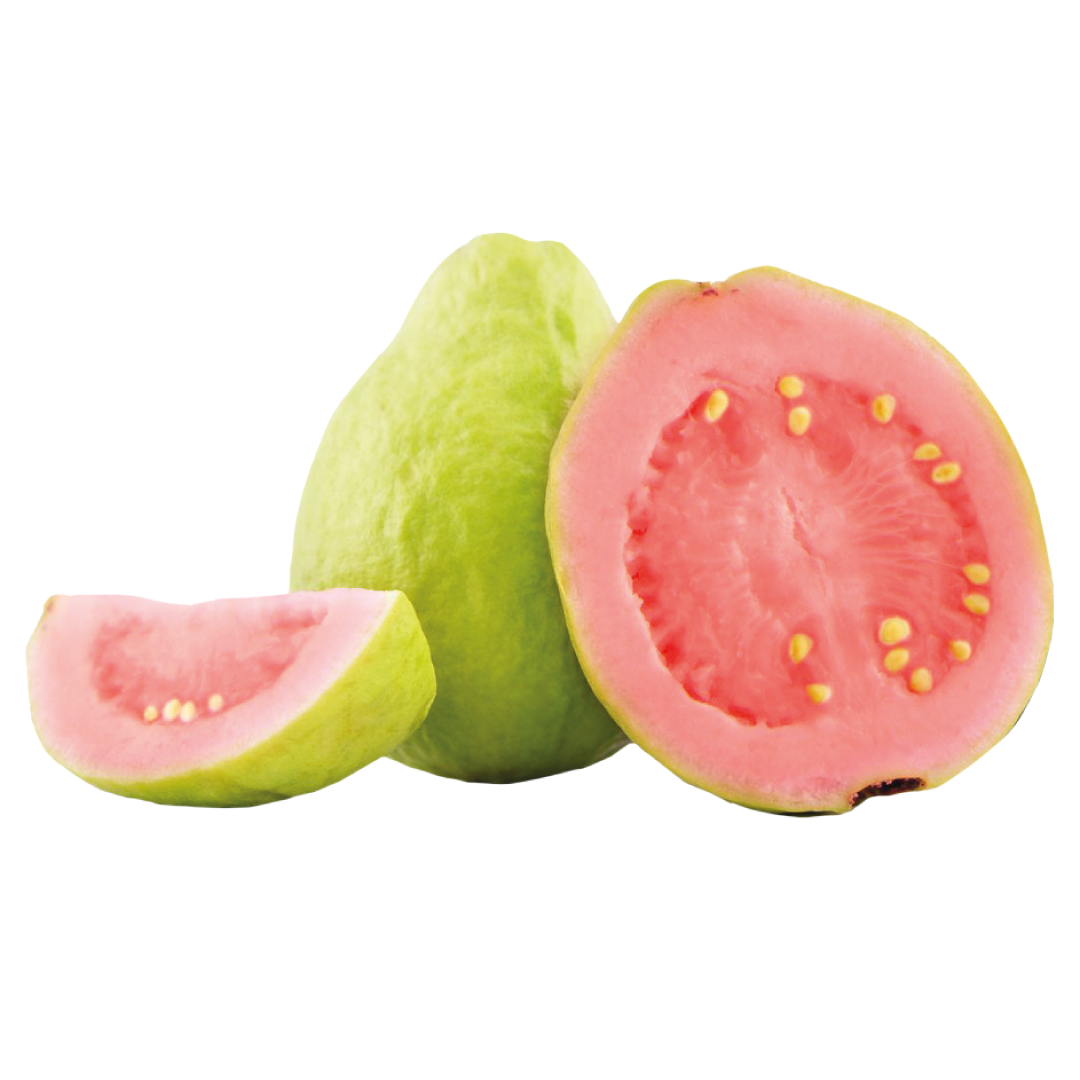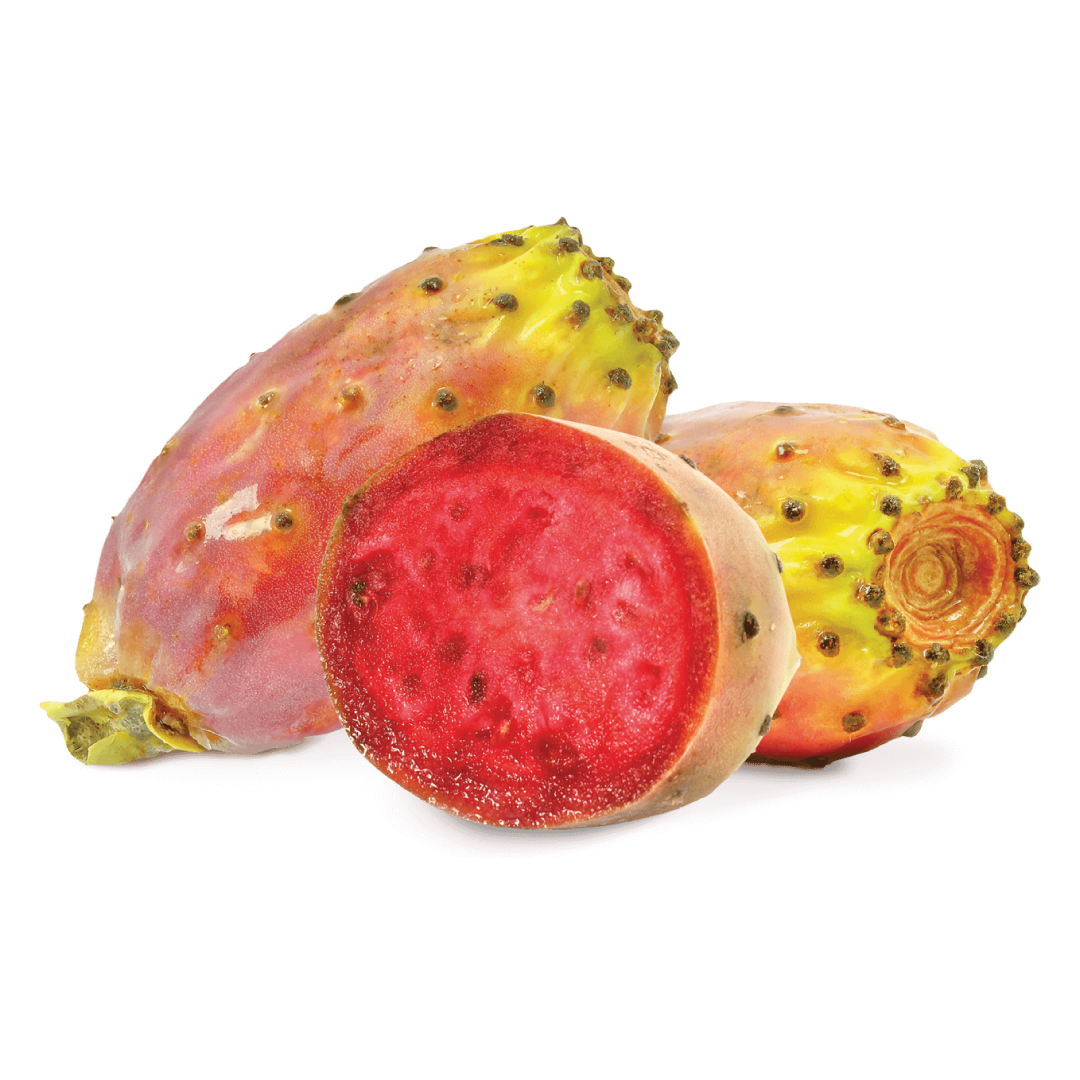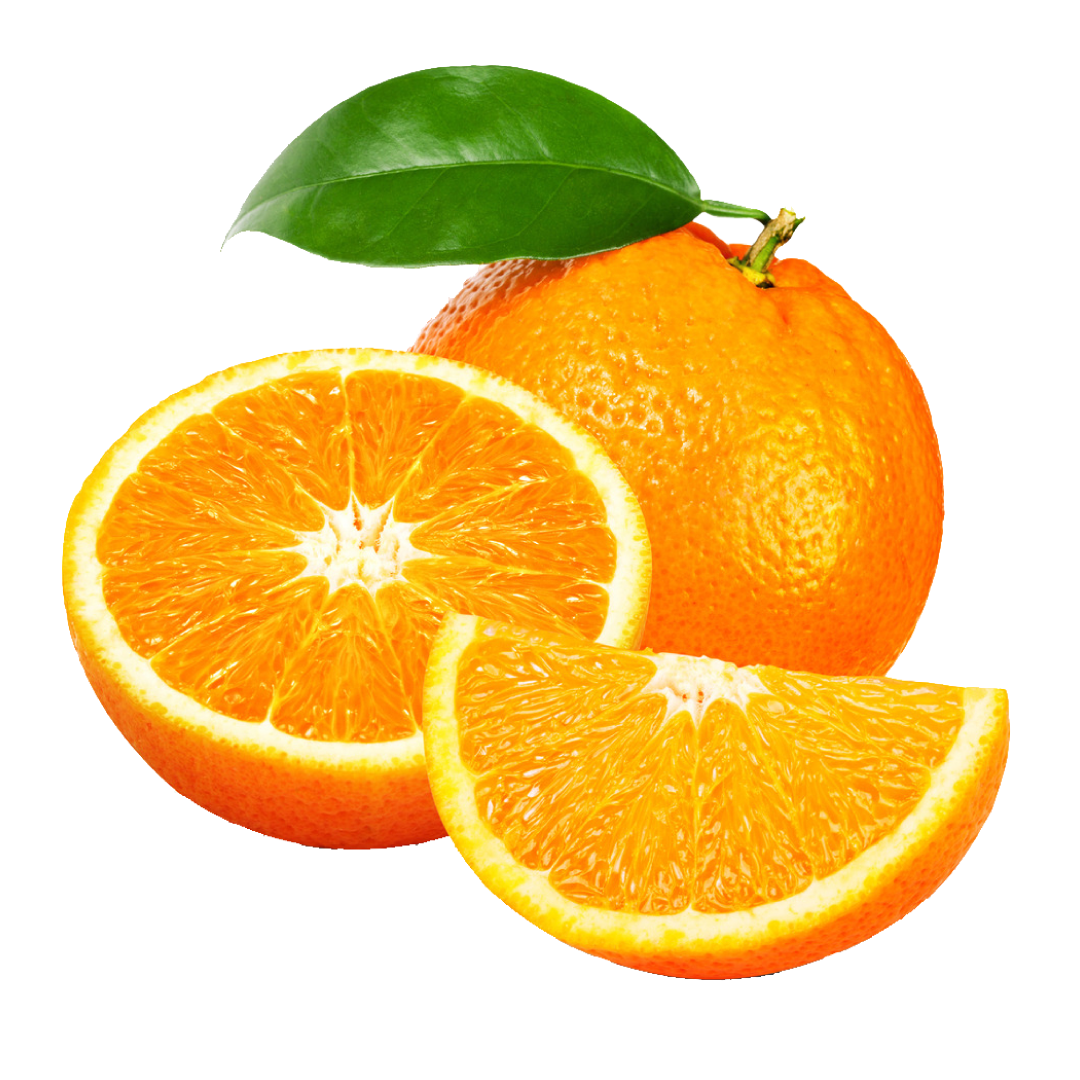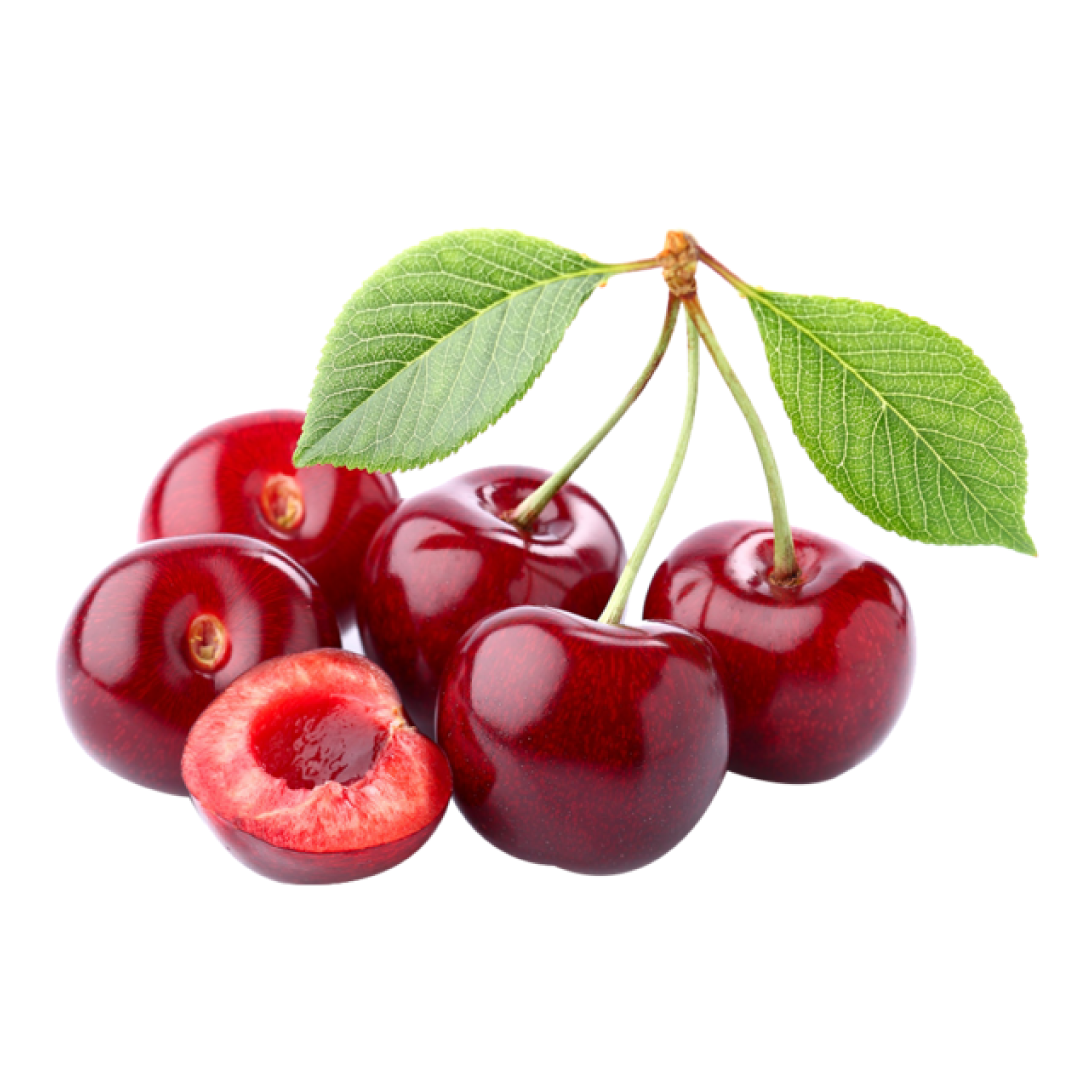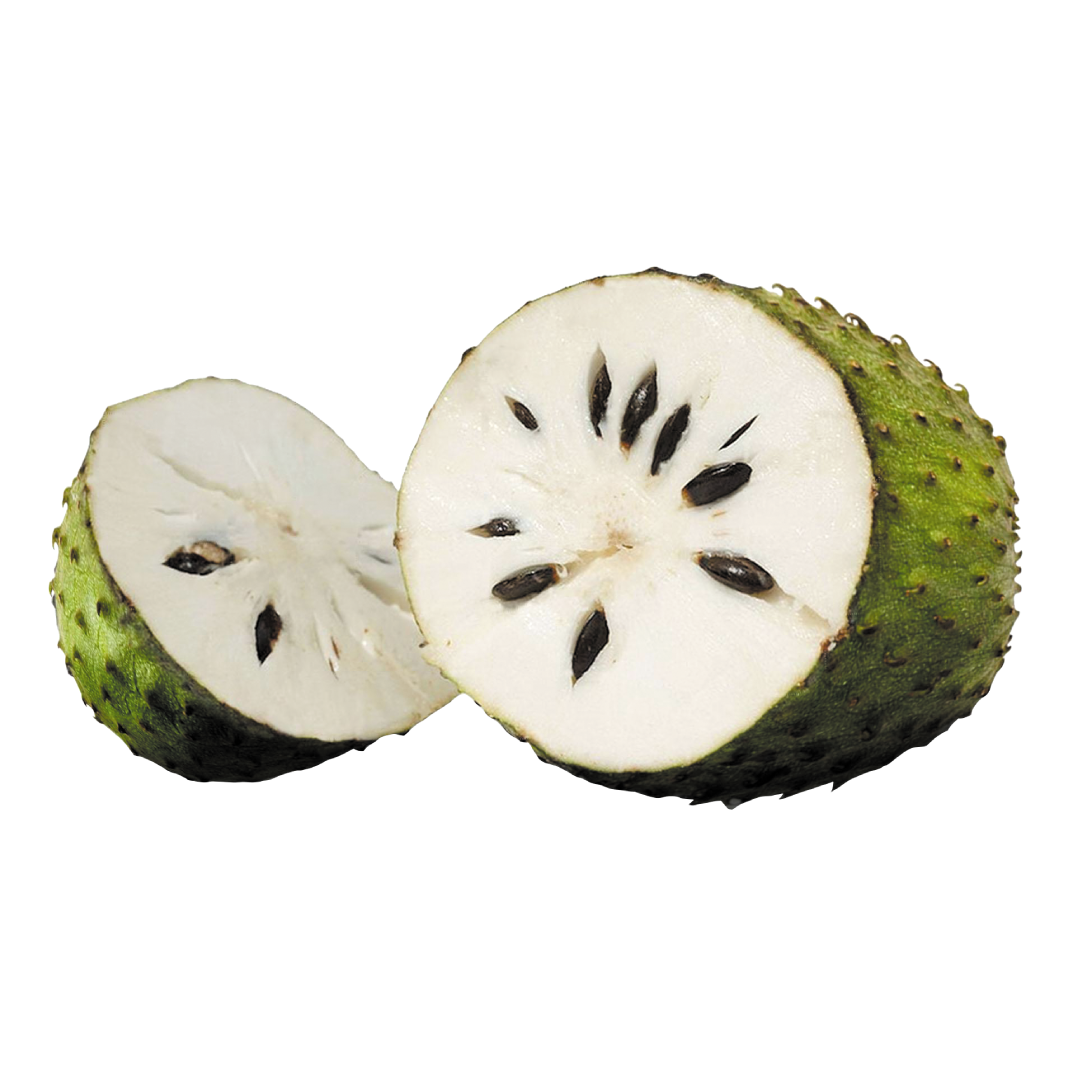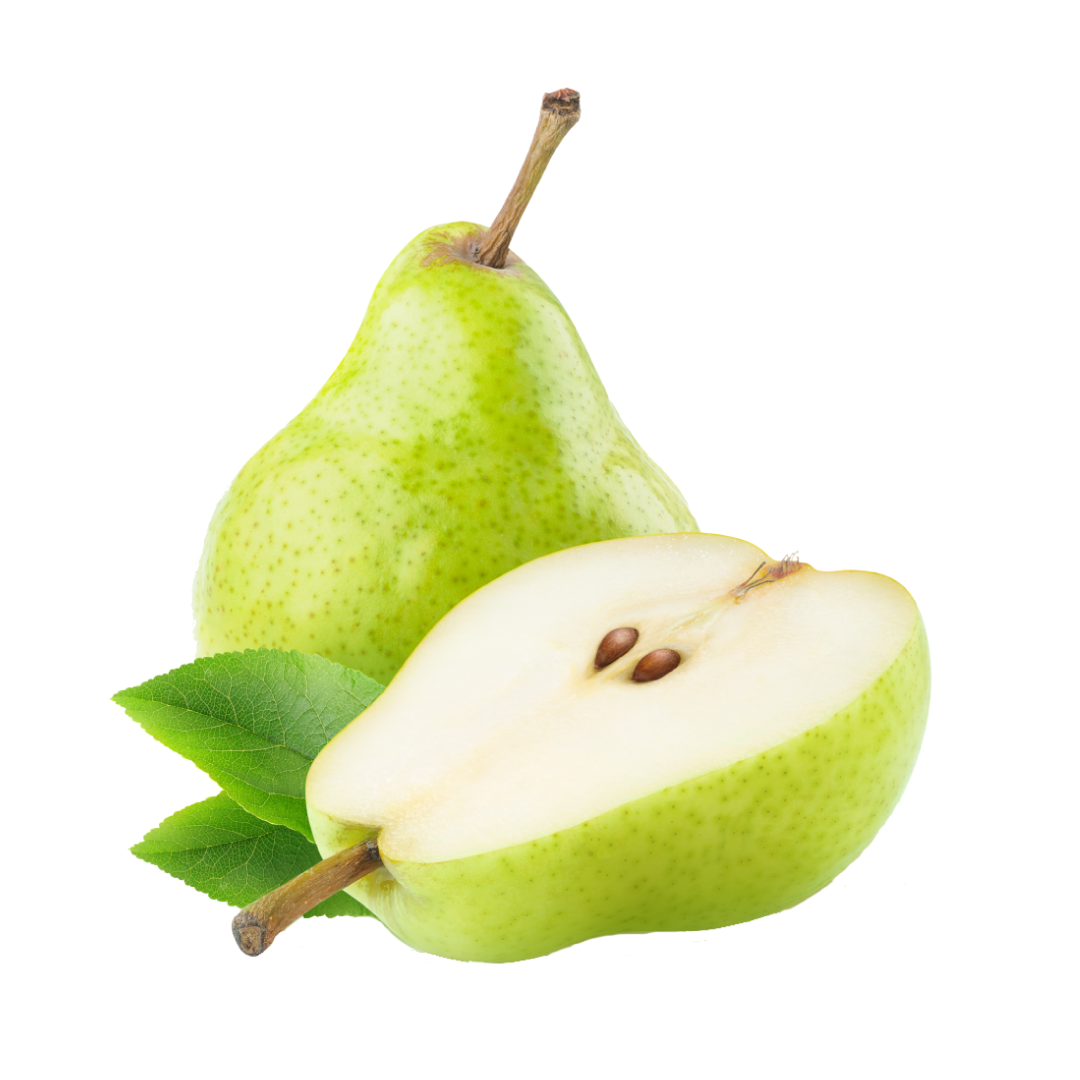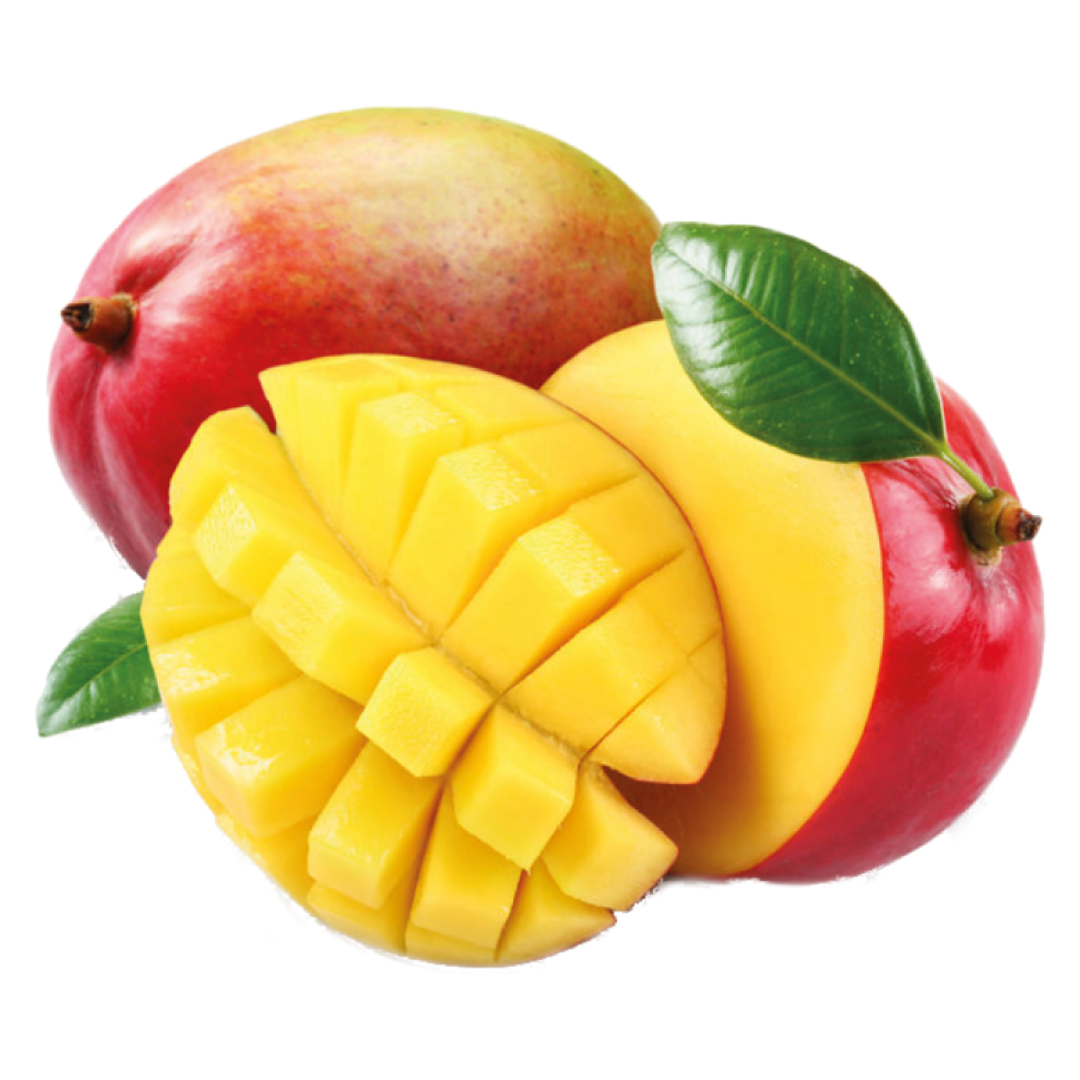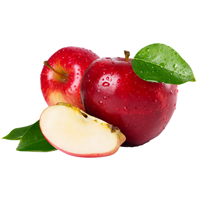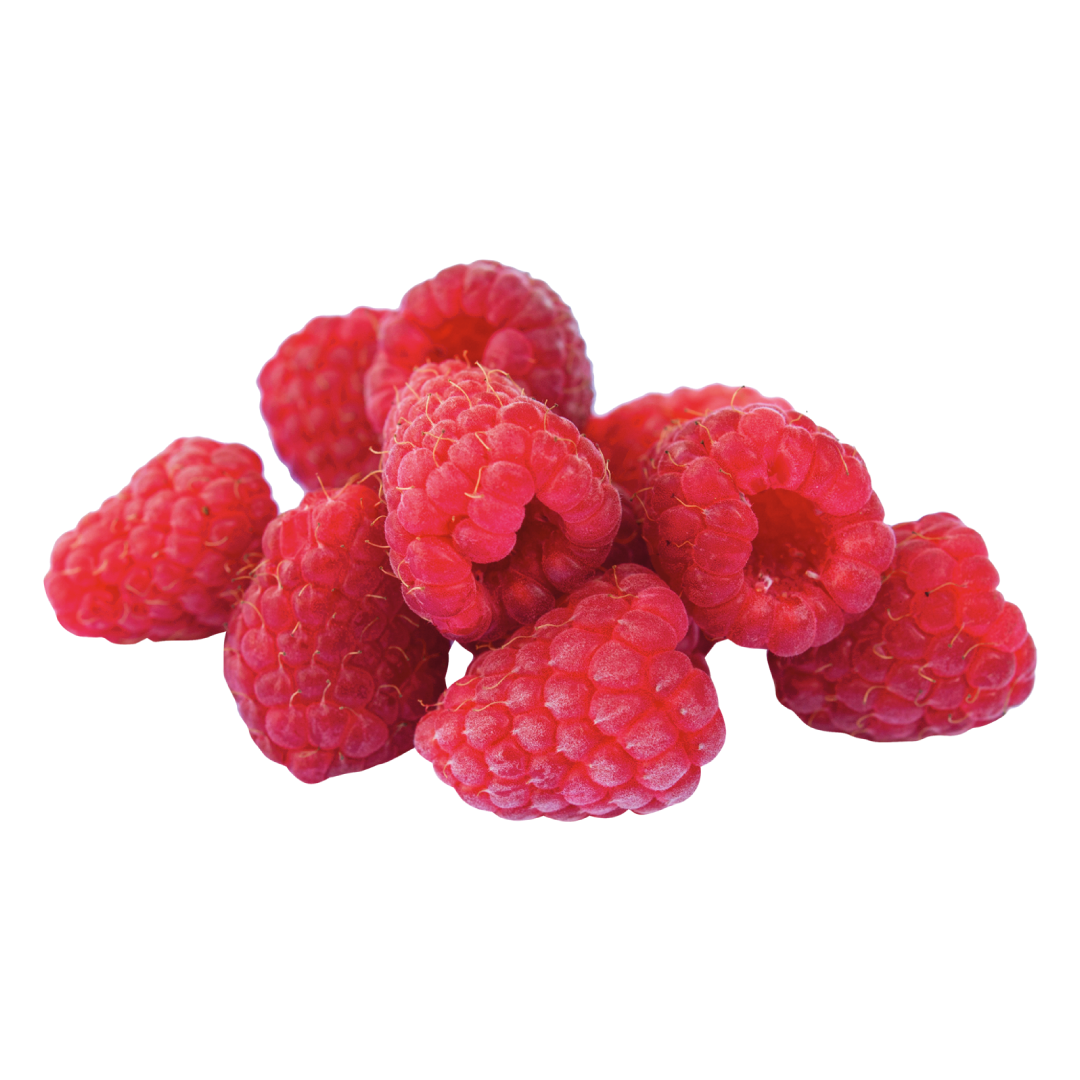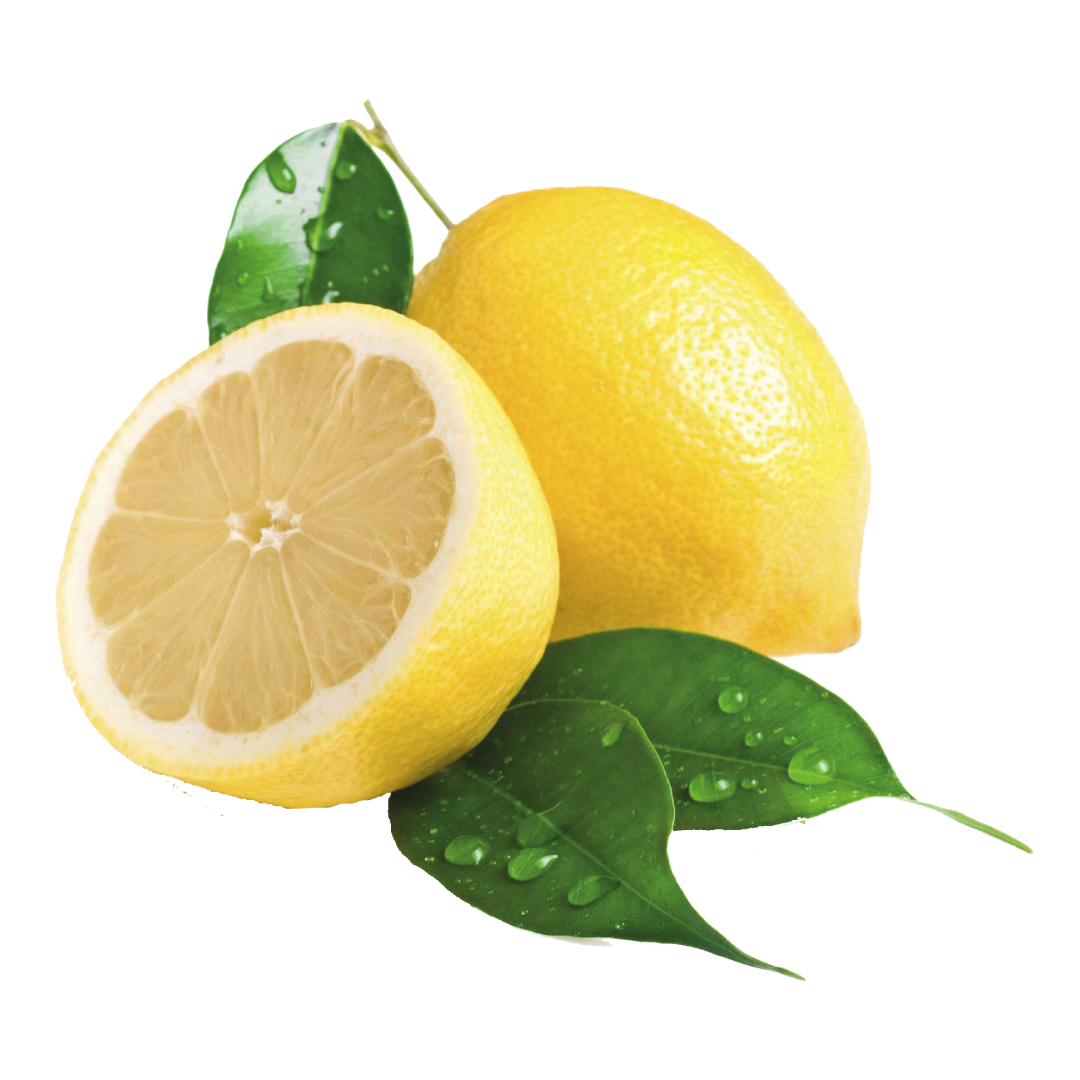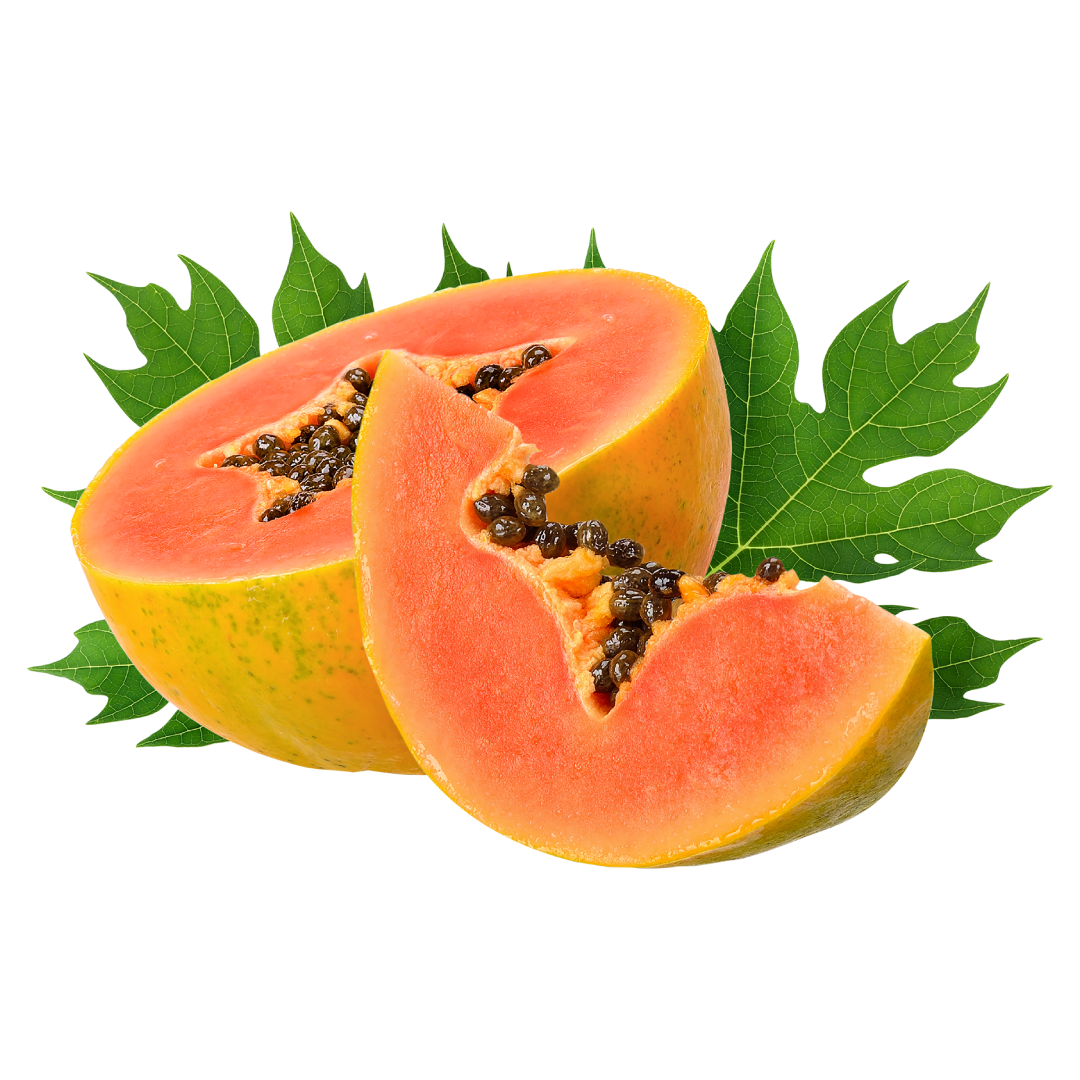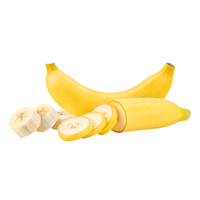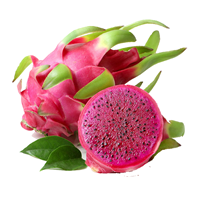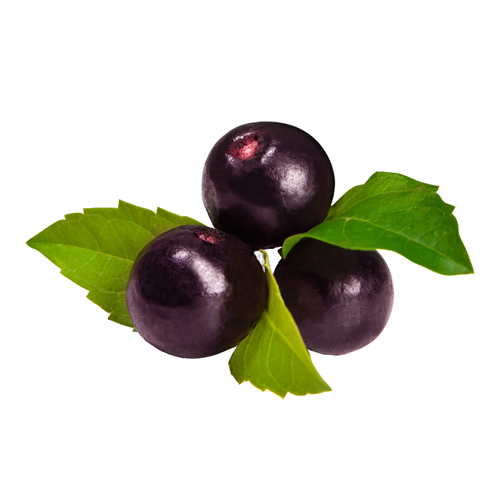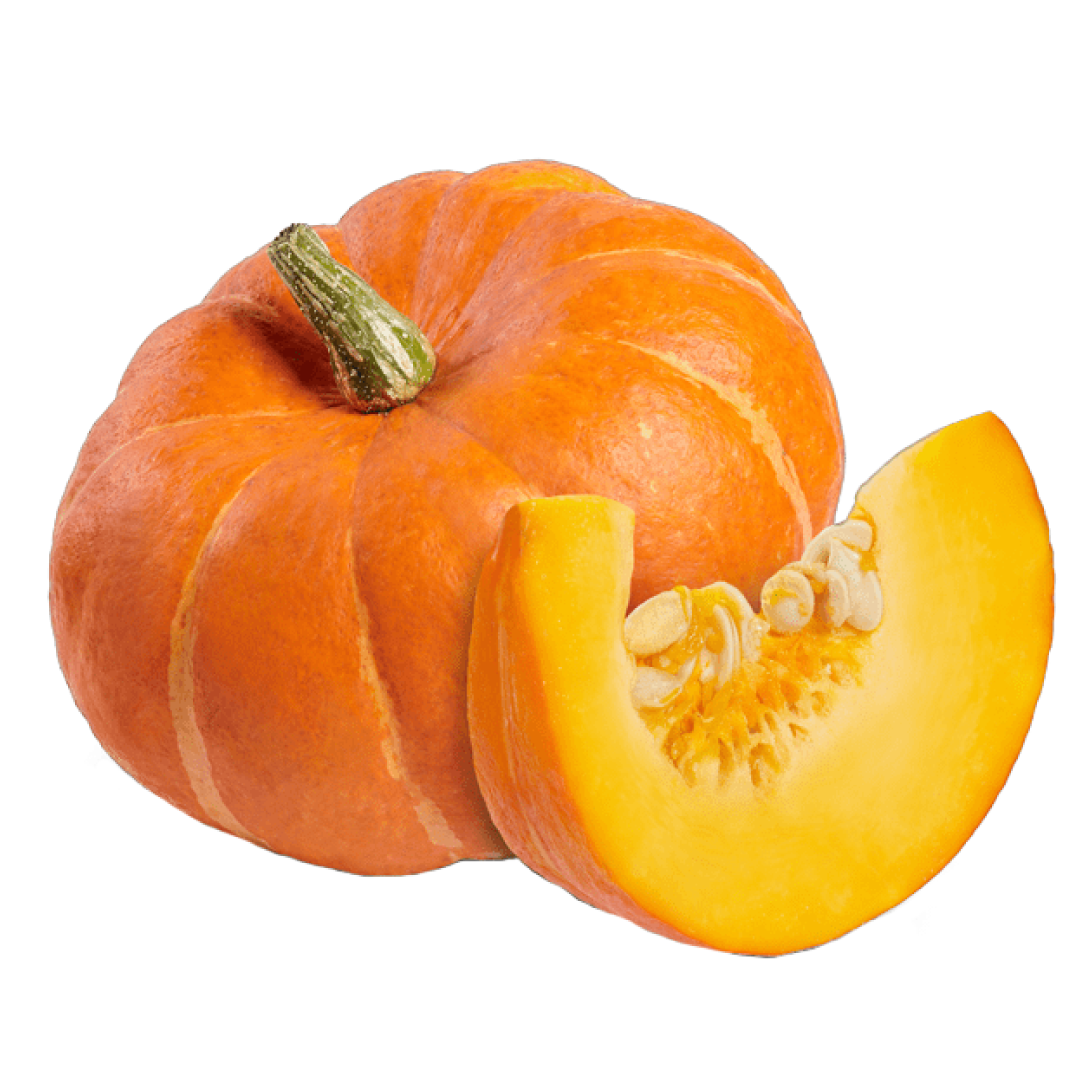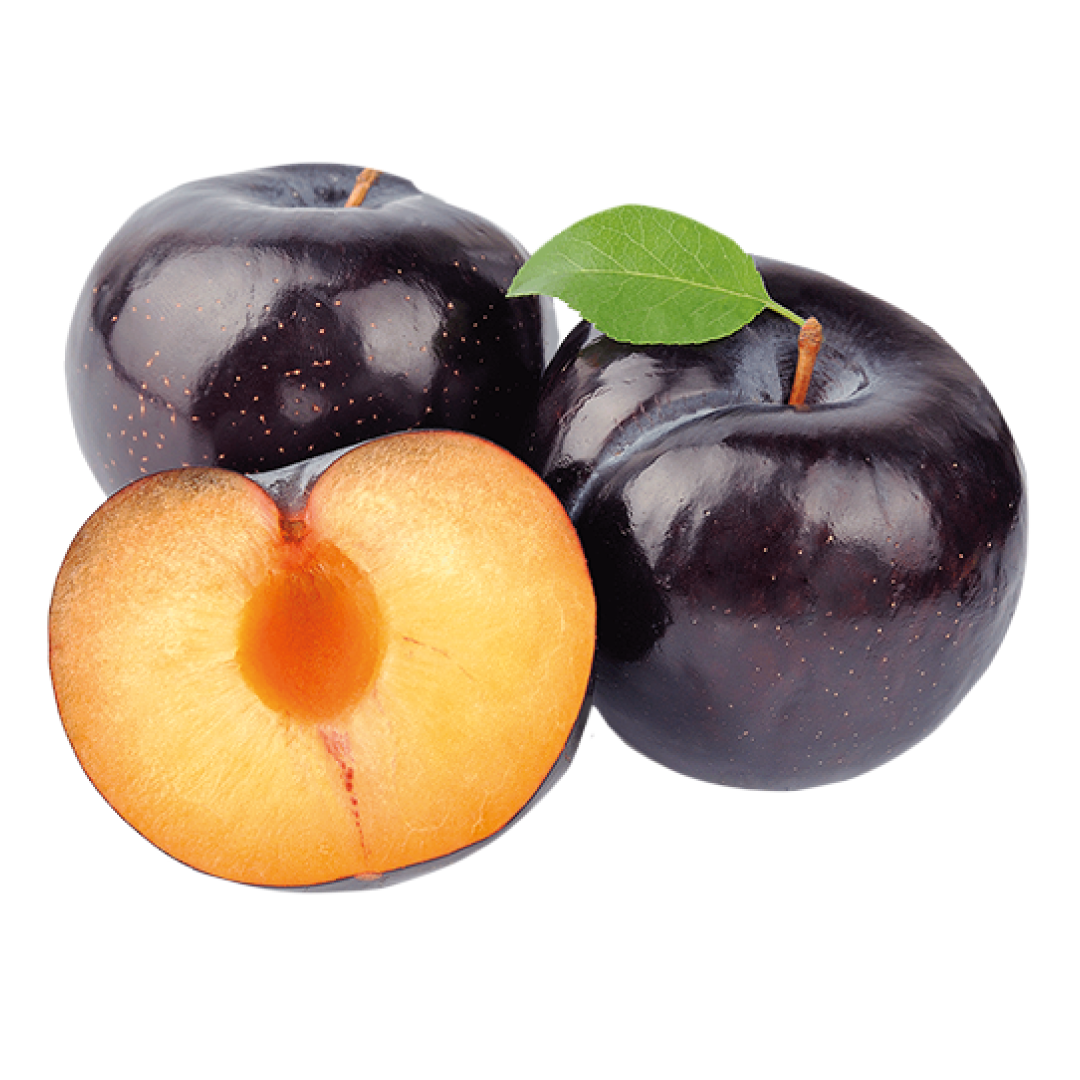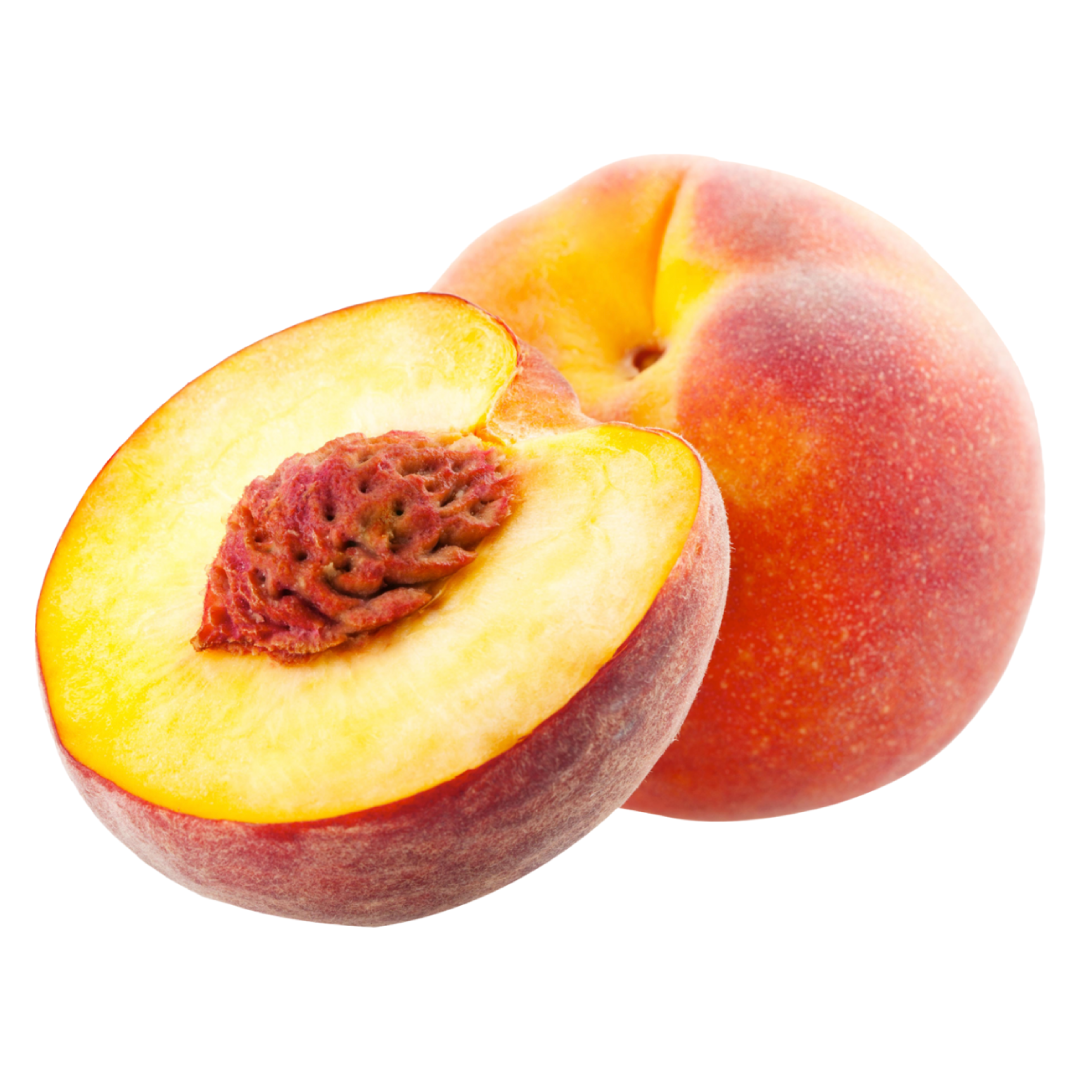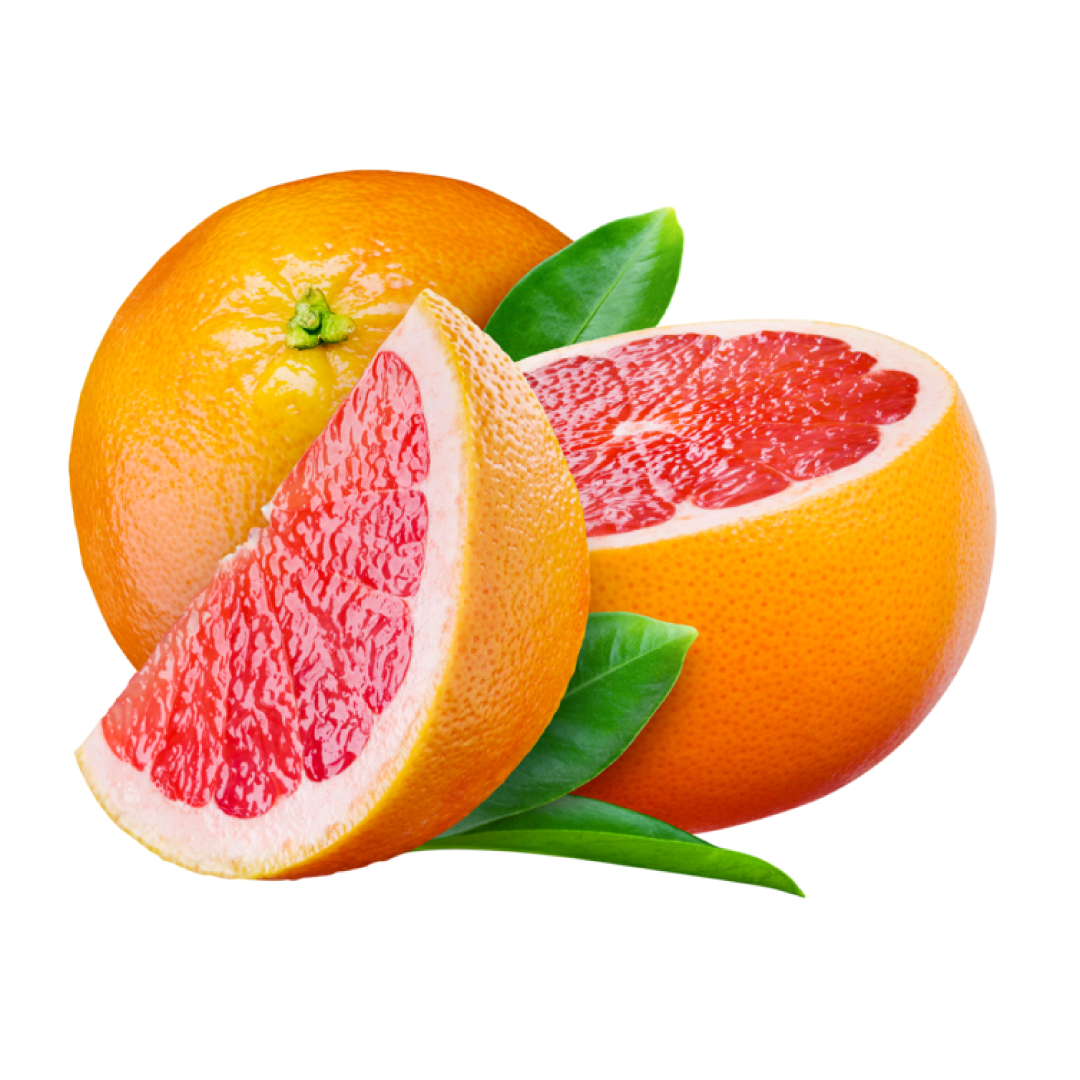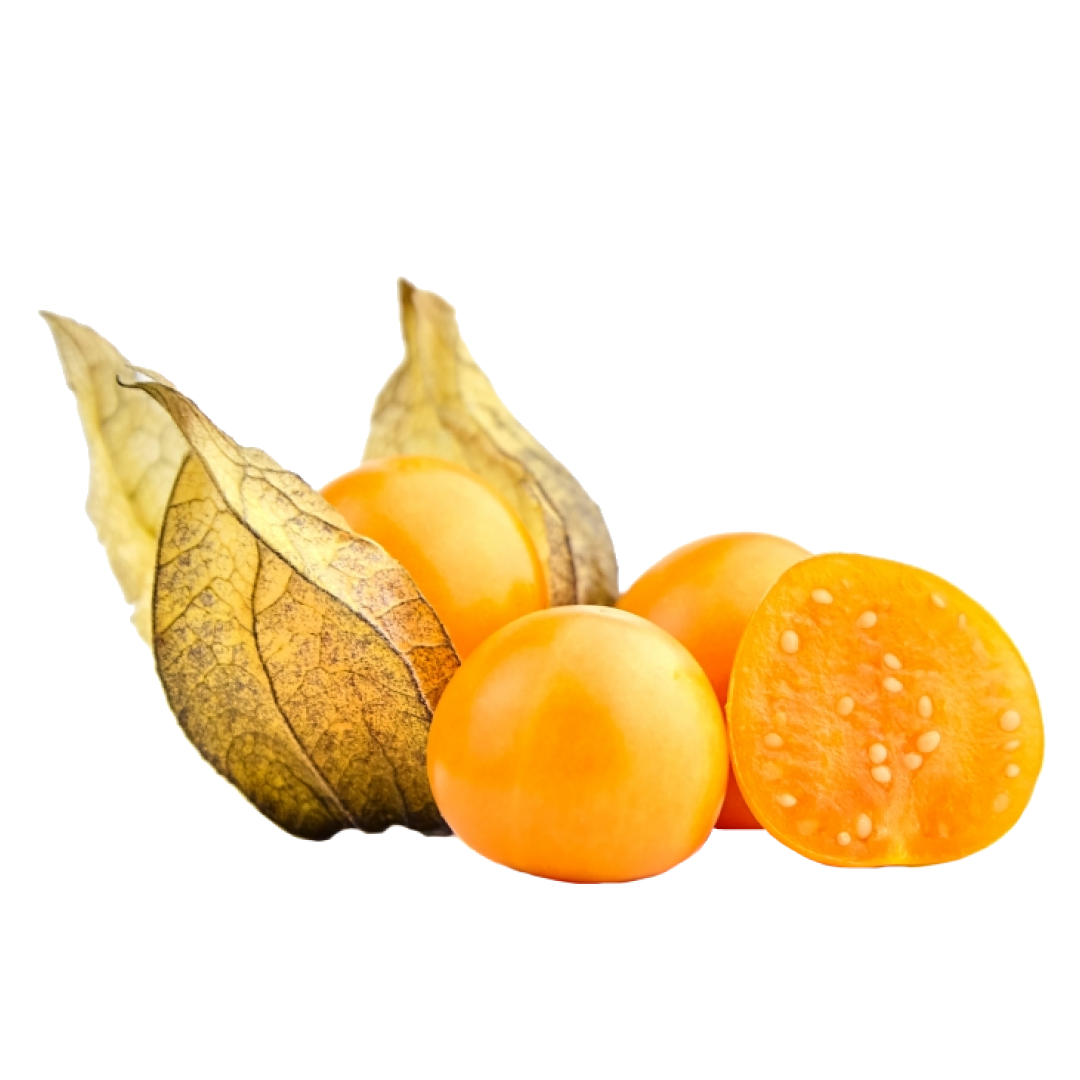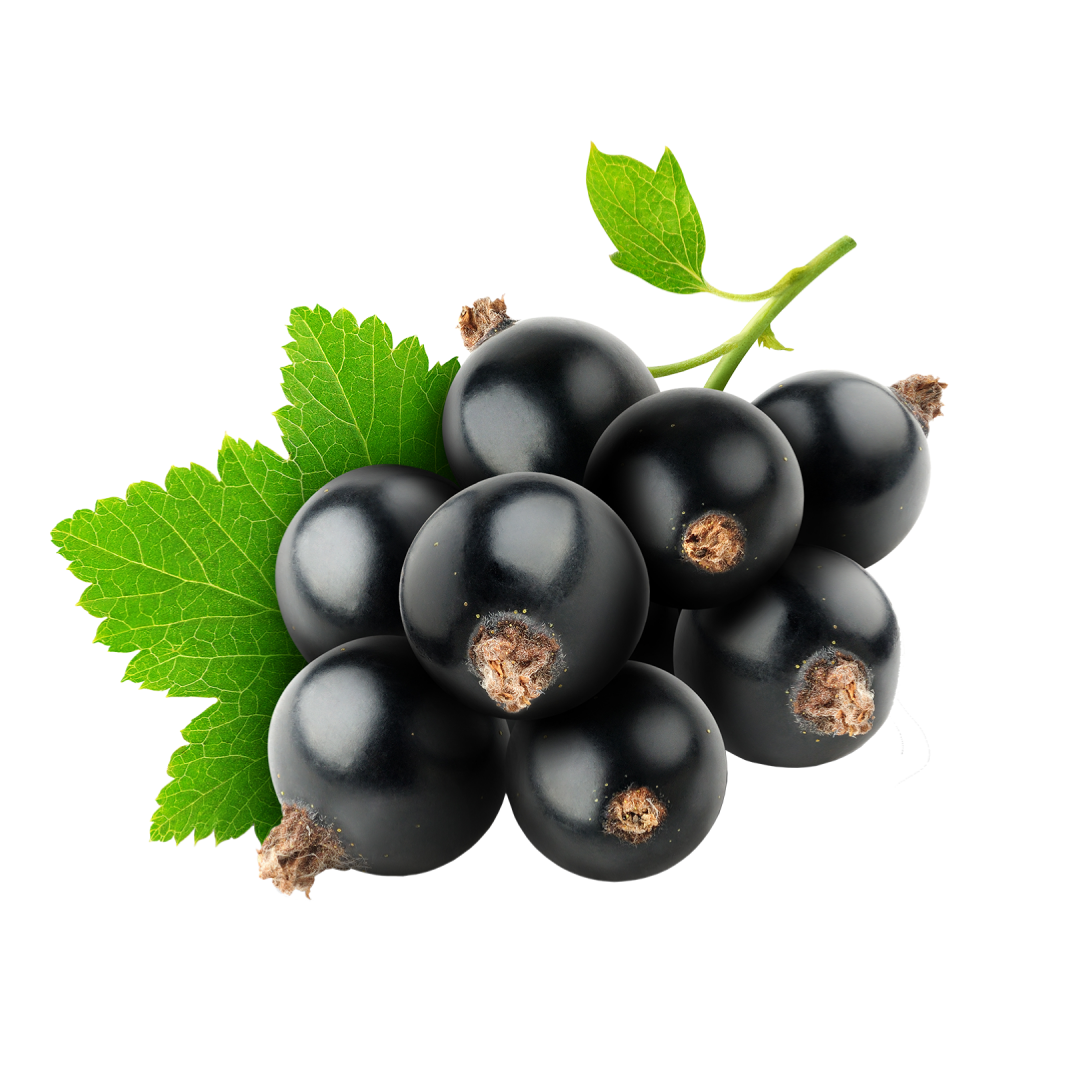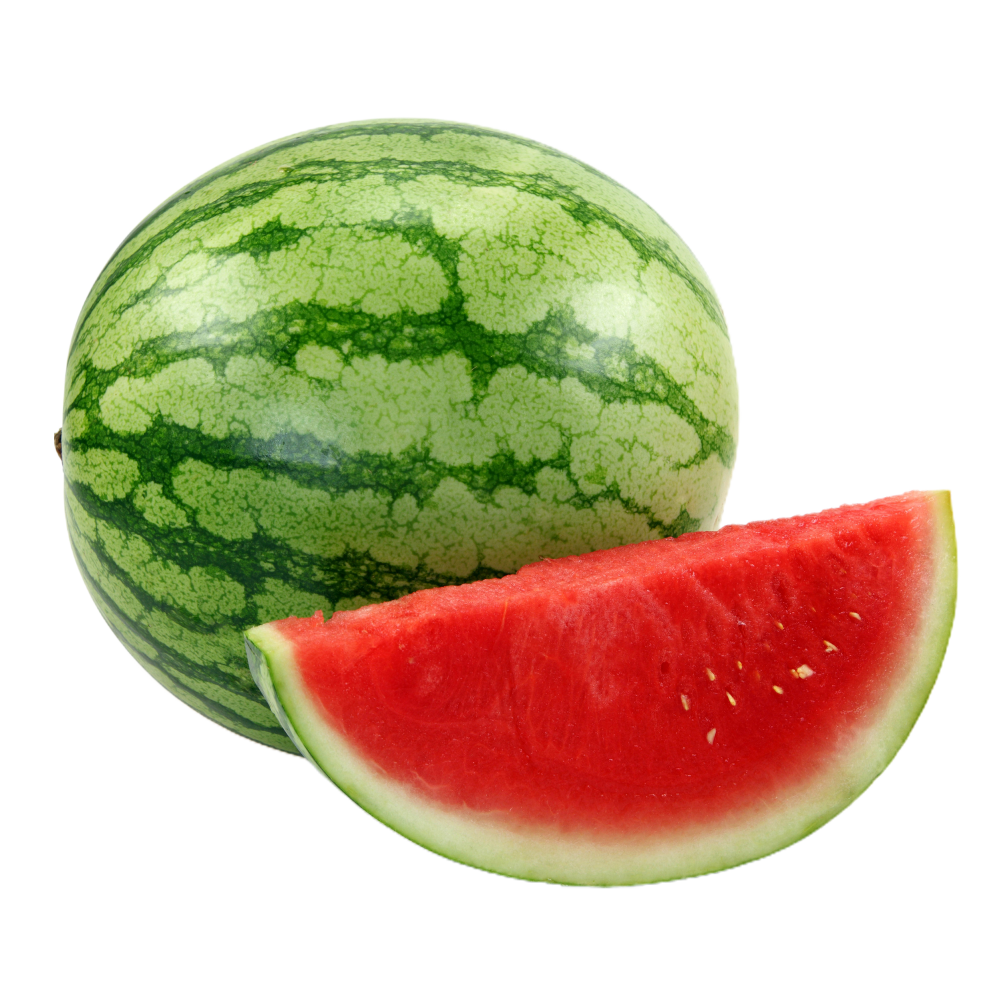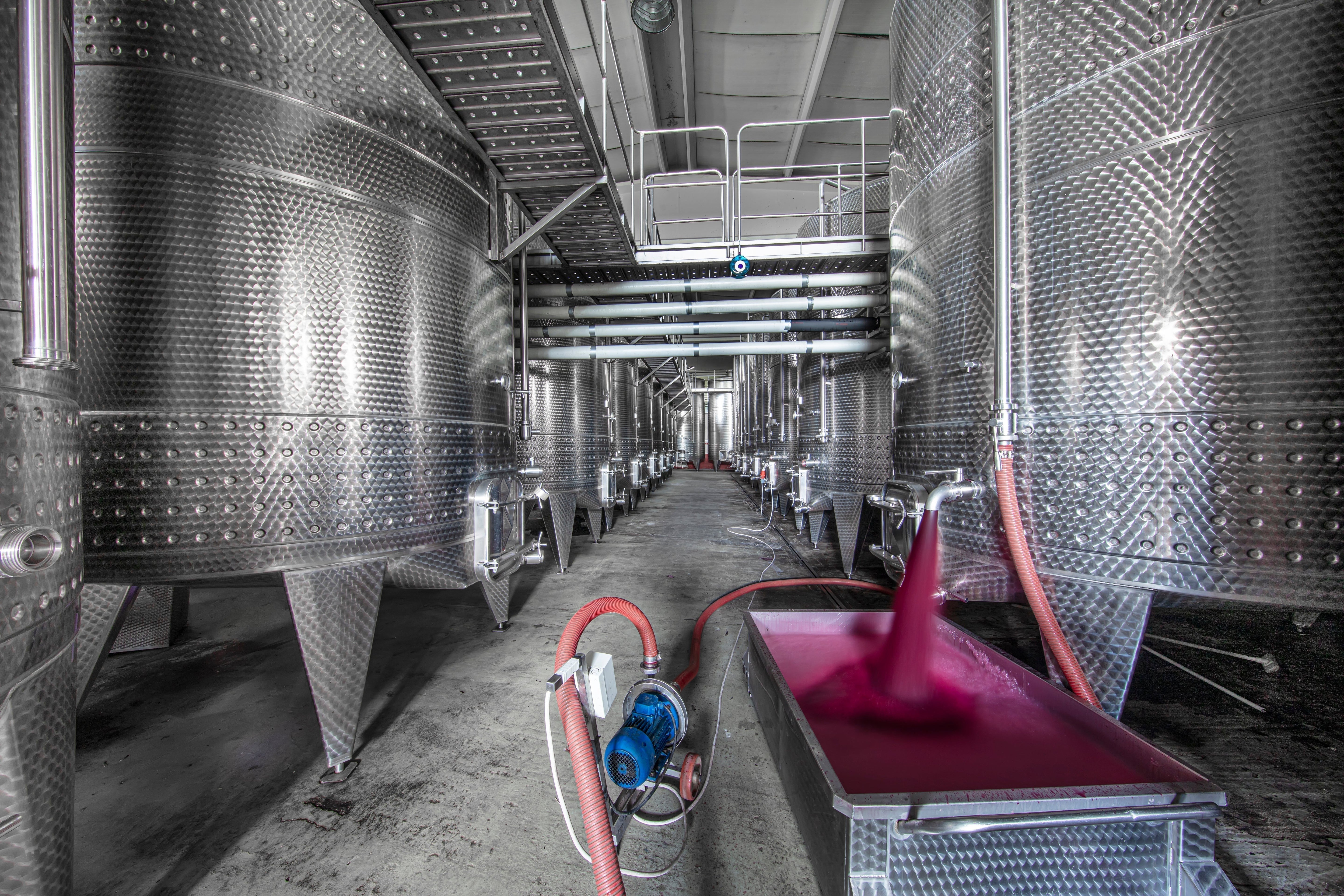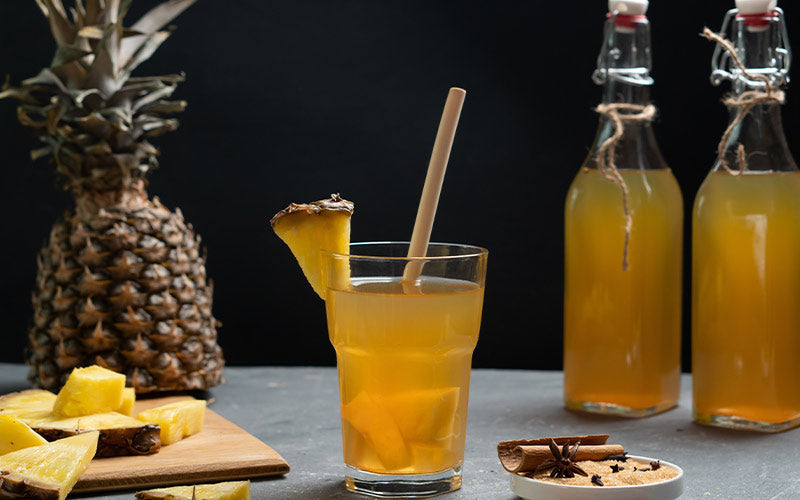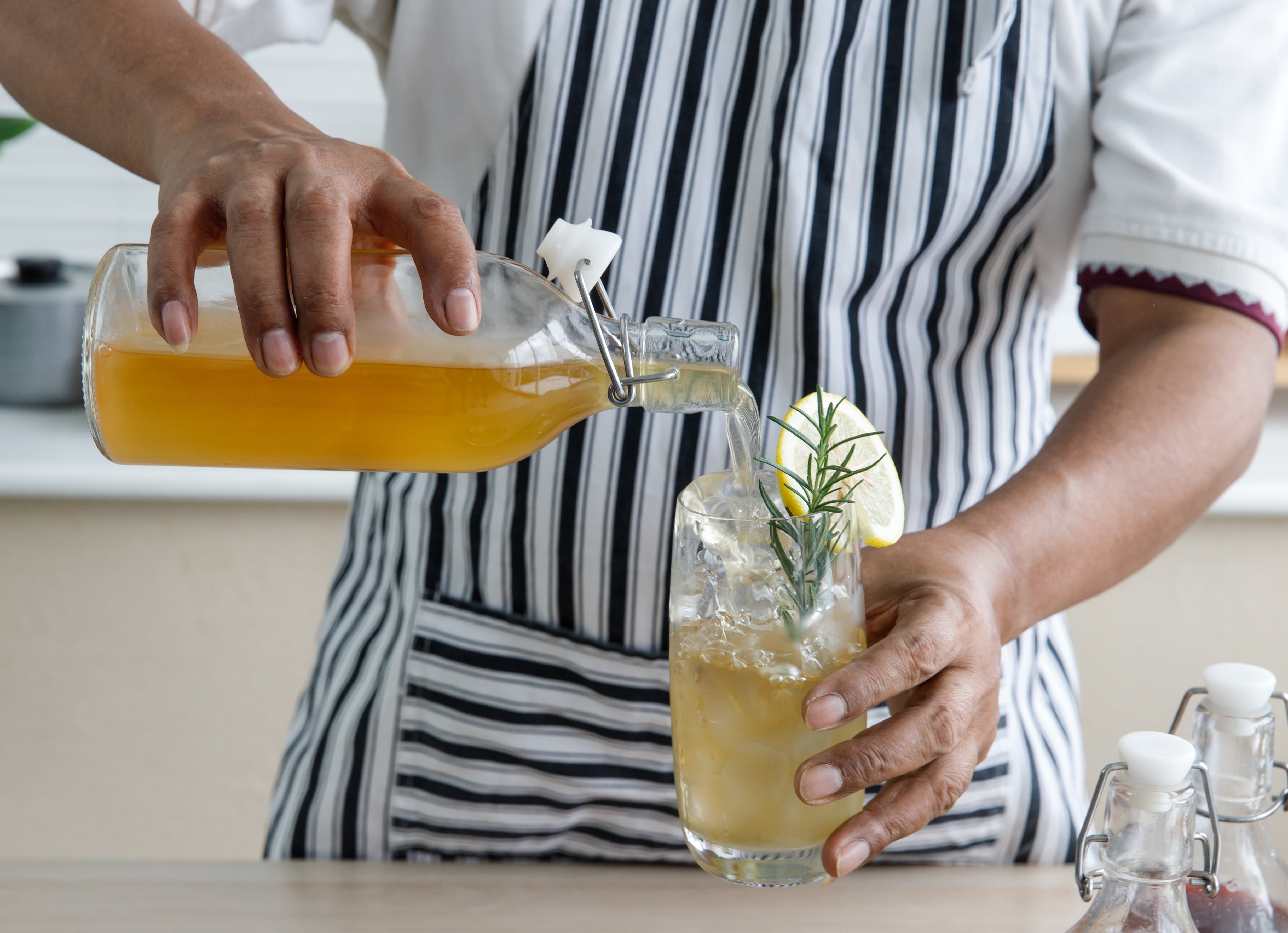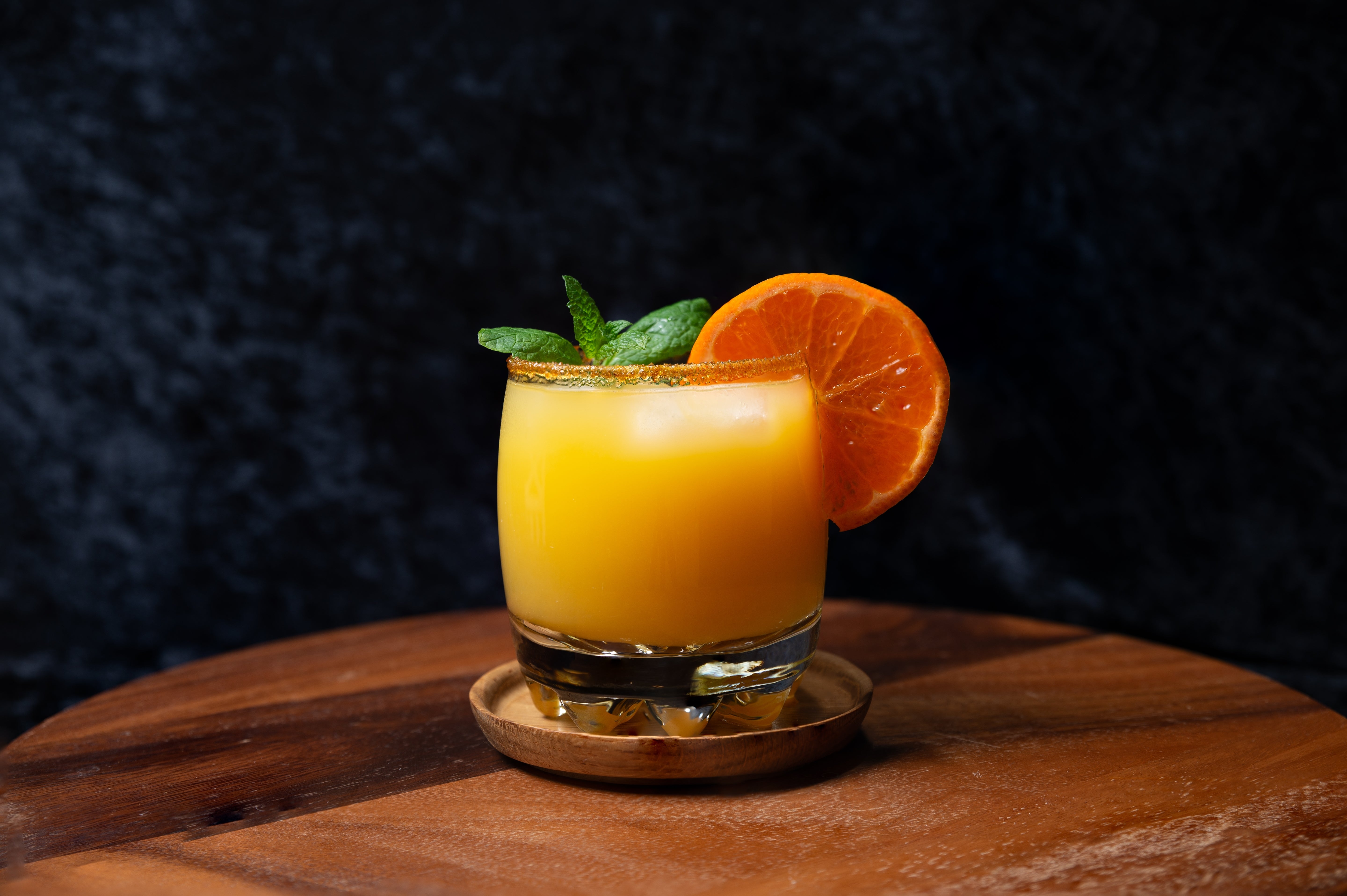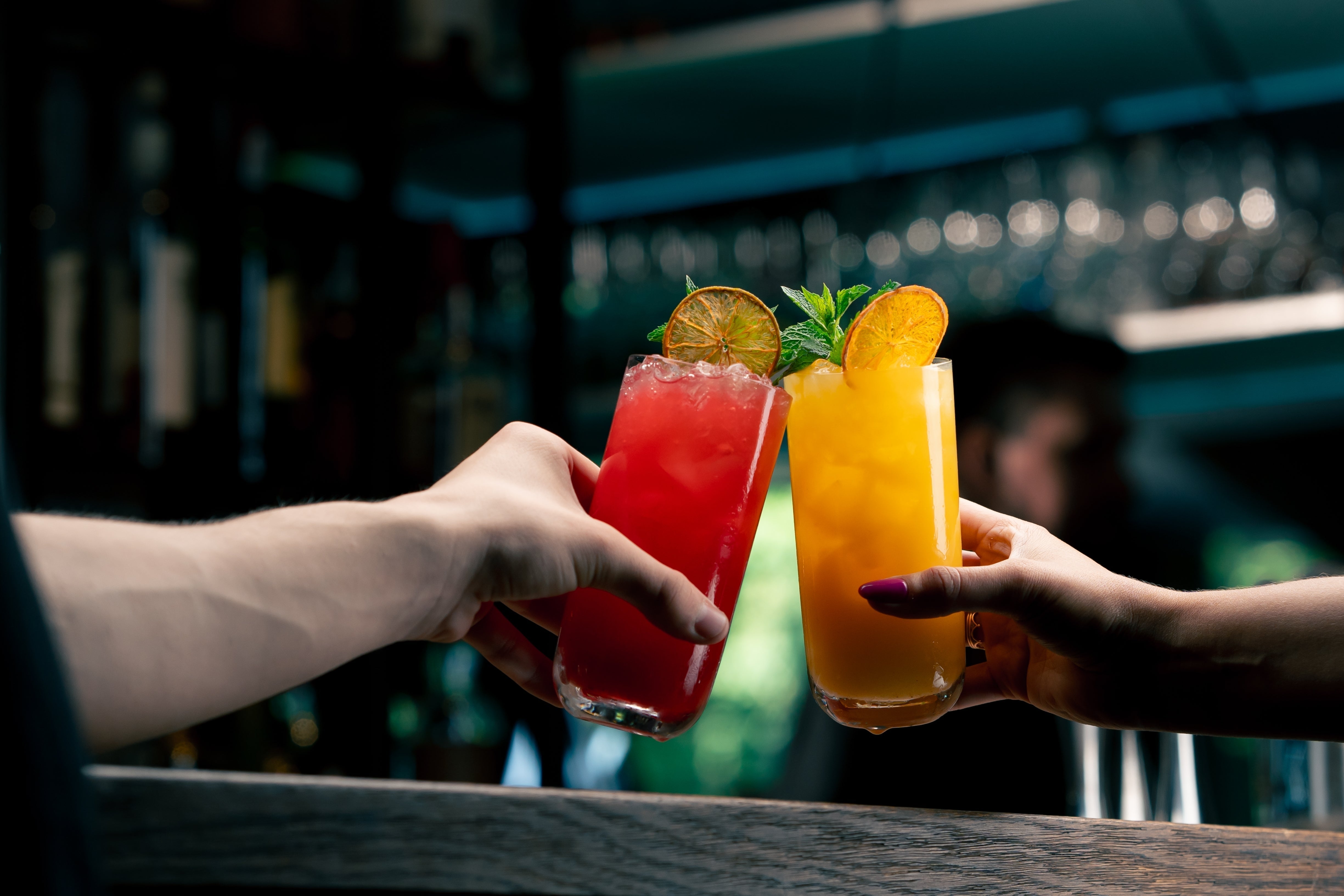What makes distilled spirits so captivating? From ancient times to the present, these beverages have played a fundamental role in the culture and palate of humanity. On this journey, we will discover the secrets behind their process. Let us tell you about it.
Distilled Spirits: A Brief Historical Tour
Civilizations all around the world developed distilled spirits early on thanks to the widespread availability of the key ingredients for fermentation. Moreover, from the distillation of beverages in China and the East Indies to the Arabic method of distilling wine, diverse cultures have contributed to this art (Shipman & Thomas, 2024). In general, there is an important journey in this process:
- First, the Greeks and Romans dabbled in the production of distilled spirits. However, written references to it are scarce until after 100 AD.
- Their production in Great Britain preceded the Roman conquest.
- In Western Europe, production was limited until the 8th century, coinciding with the contact with the Arabs. At this point, it is noteworthy the use of starchy grains for distillation. This occurred in the Middle Ages.
- Government control over this industry consolidated in the 17th century.
- As a result of all the knowledge and treatment, and as production methods improved, the industry became an important source of income.
Process of Distilled Spirits
Across its history, many practices remained as part of this process and elaboration, including:
- Usually, raw materials rich in sugars, such as fruits, grains, and molasses, are fermented. Also, producers use yeasts to transform sugars into alcohol. This is where the formation of congeners begins.
- The alcohol separates from the other components by the application of heat and subsequent condensation of the resulting vapors.
- Finally, most beverages undergo a period of maturation in wooden barrels. This is where they develop additional flavors and aromas (Alemu & Kuyu, 2024).
Required Supplies
As mentioned above, the basic elements include fruits, cereals, and molasses, among others. For example, Bier Frucht offers a wide range of fresh fruits and concentrates, perfect for the production of high-quality fruit alcoholic beverages and apple cider cocktails. Other essential elements are:
- They are crucial for fermentation, as they transform sugars into alcohol and CO2.
- It is a crucial component in the process of dilution and adjustment of the final alcohol content.
Techniques in the Art of Producing Spirits
Certain techniques never go out of fashion. Here are some of them:
- Oak aging. Certain liqueurs go through an aging process, where they acquire their unique character.
- Art of blending. Blending experts use their skill to combine different distillates. This is how they create unique and balanced flavor profiles.
- This method consists of steeping fruits, herbs, or other ingredients in alcohol. The results are flavors and aromas that are extracted before distillation or final blending.
Without a doubt, the production of distilled spirits symbolizes an art rooted in tradition and innovation. Its production is not simply a process, but a legacy that encapsulates the passion and history of each distillery. To get into this world, we invite you to explore BierFrucht’s products.
References
Alemu, T., & Kuyu, C. (2024, February 13). A review of the production, quality and safety of traditionally fermented cereal-based alcoholic beverages in Ethiopia. Food Science and nutrition. https://onlinelibrary.wiley.com/doi/full/10.1002/fsn3.4012
Shipman, F., & Thomas, A. (2024, January 25). Distilled spirit. Britannica. https://www.britannica.com/topic/distilled-spirit
